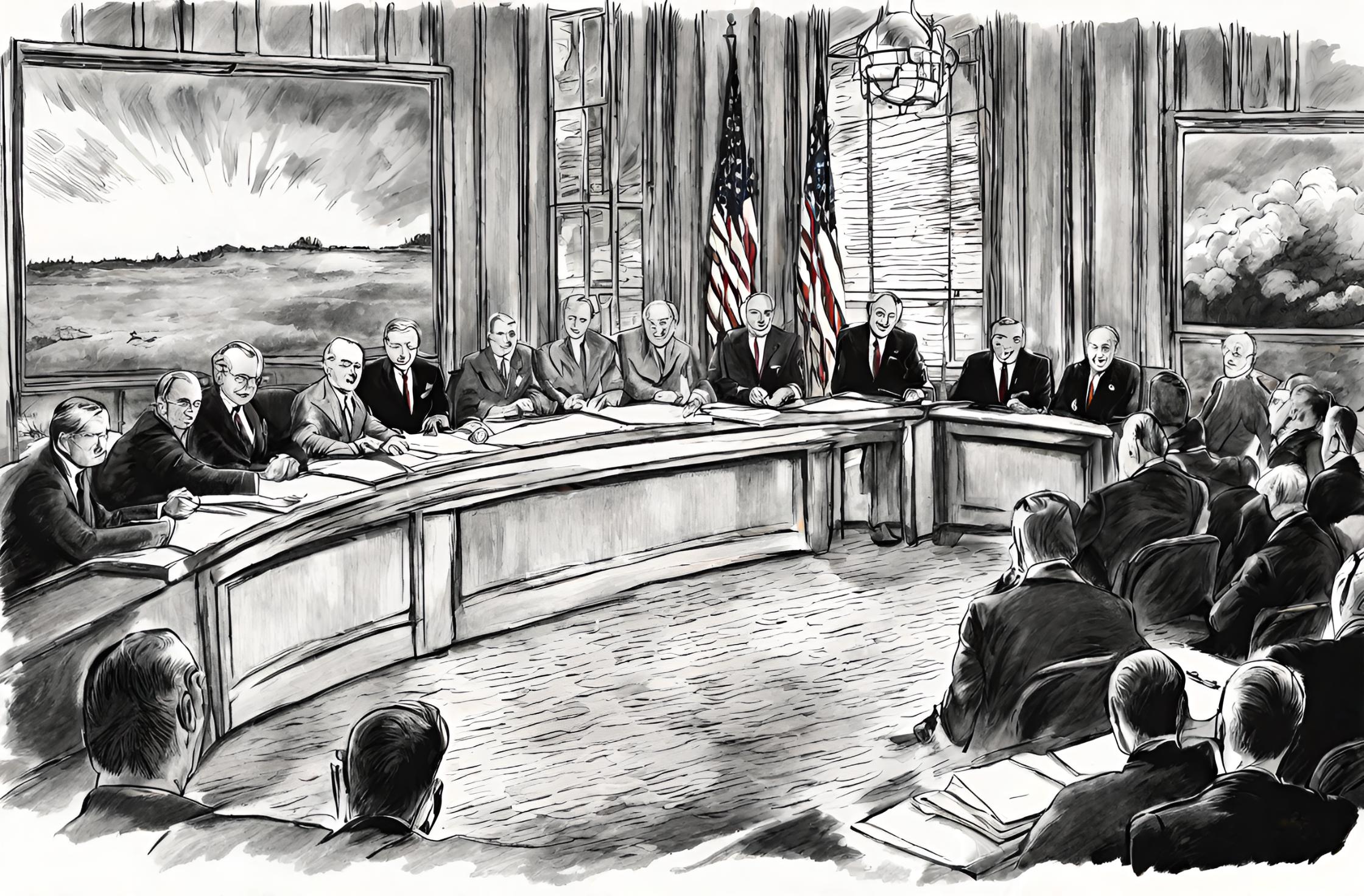Flashback to January 7
American History

1936
Supreme Court of the United States rules the 1933 Agricultural Adjustment Act unconstitutional
Read moreOn January 6, 1936, a significant event took place in the history of the United States. The Supreme Court of the United States made a groundbreaking ruling in the case of United States v. Butler et al. This ruling declared the 1933 Agricultural Adjustment Act unconstitutional. In this article, we will dive into the details of this case, its implications, and the reasons behind the Court’s decision.
The 1933 Agricultural Adjustment Act was a landmark legislation passed during President Franklin D. Roosevelt’s New Deal era. The act aimed to address the economic challenges faced by farmers during the Great Depression. It sought to regulate agricultural production and control prices by providing subsidies to farmers who agreed to reduce their production.
However, the constitutionality of the Agricultural Adjustment Act was brought into question, leading to its eventual review by the Supreme Court. The case, United States v. Butler et al., revolved around the enforcement of taxes levied on agricultural processing and marketing activities. The plaintiffs, Butler and others, argued that these taxes were unconstitutionally oppressive and violated their rights under the Constitution.
The Supreme Court, in a unanimous decision, ruled that the Agricultural Adjustment Act was unconstitutional. The Court based its decision on the grounds that Congress had overstepped its authority by regulating activities that were primarily local in nature. They argued that the act violated the Tenth Amendment, which grants powers not delegated to the federal government to the states.
Furthermore, the Court held that the Agricultural Adjustment Act violated the Constitution’s General Welfare Clause. This clause grants Congress the power to tax and spend for the general welfare, but the Court argued that the act’s objectives were not related to the general welfare but rather the economic well-being of a specific group (i.e., farmers).
The ruling in United States v. Butler et al. had far-reaching implications for the future of New Deal legislation. It marked a significant setback for President Roosevelt’s administration and its efforts to combat the economic crisis of the Great Depression. The decision called into question the constitutionality of other New Deal programs and raised concerns about the limits of federal power.
Subsequently, President Roosevelt’s response to the Court’s decision came in the form of the “Court-packing plan.” This plan aimed to expand the number of justices in the Supreme Court, allowing Roosevelt to appoint additional justices who align with his policies. The plan was met with significant opposition and was ultimately defeated, but it highlighted the tensions and debates surrounding the balance of powers between the different branches of government.
Despite the ruling in United States v. Butler et al., the Agricultural Adjustment Act was not completely abolished. Congress soon drafted a revised version of the act, incorporating some changes to address the Court’s concerns. The revised act was passed in 1938 and continued to play a crucial role in shaping agricultural policies in the years to come.
the Supreme Court’s ruling in United States v. Butler et al. on January 6, 1936, declaring the 1933 Agricultural Adjustment Act unconstitutional, had a significant impact on the New Deal era and the balance of powers between the federal government and the states. The decision raised questions about the limits of federal authority and sparked debates that shaped the course of American history.
We strive for accuracy. If you see something that doesn't look right, click here to contact us!
Sponsored Content

One of the worst…
On January 7, 1996,…

US President Harry Truman…
On January 7, 1953,…

Lewis F Powell Jr…
On January 7, 1972,…

United Express commuter plane…
On January 7, 1994,…

The first American commercial…
On January 7, 1782,…

US Congress doubles Presidential…
On January 7, 1969,…

